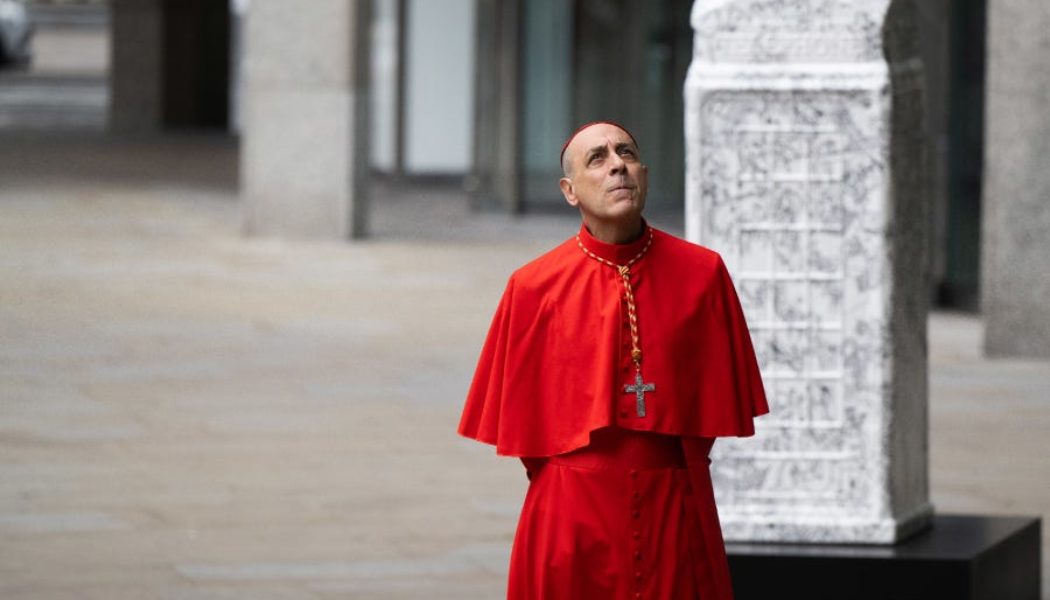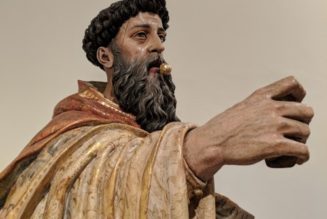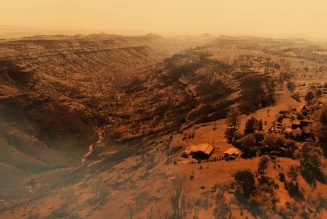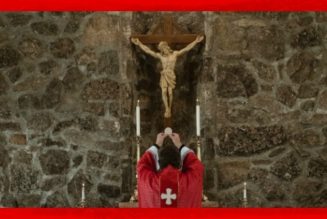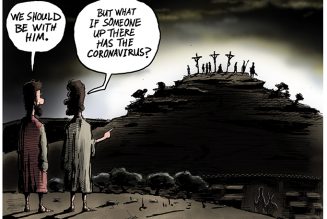Since the Vatican unveiled a new streamlined process for evaluating alleged apparitions in May, a steady stream of rulings have followed.
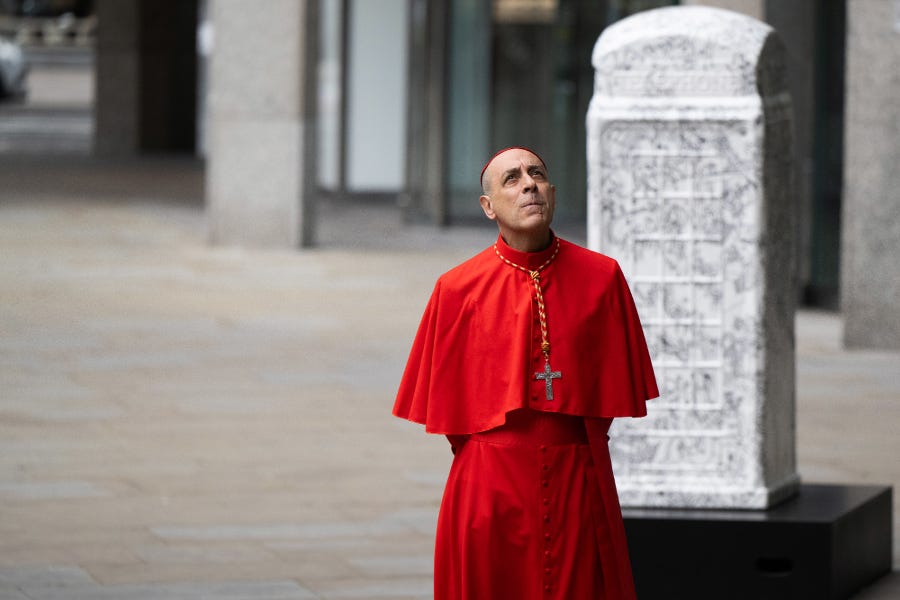
The judgments, issued by the Vatican’s doctrine office, are written in somewhat technical language and address supposed supernatural events that may be unfamiliar to English-speaking Catholics.
Here’s a quick guide to the statements issued since the publication of the new norms by the Dicastery for the Doctrine of the Faith (DDF), led by the industrious Cardinal Víctor Manuel Fernández.
What new rules?
But first, a quick primer on the new rules.
On May 17, the DDF issued the somewhat clunkily titled document “Norms for proceeding in the discernment of alleged supernatural phenomena.”
It replaced the even less snappily titled text “Norms regarding the manner of proceeding in the discernment of presumed apparitions or revelations,” approved in 1978, but not officially published until 2011.
Fernández said new rules were necessary because since 1978, decisions had taken “an excessively long time, sometimes spanning several decades,” with local bishops and the dicastery struggling to apply the norms.
This was even more problematic in the 21st century, the cardinal suggested, “since phenomena rarely remain within the boundaries of one city or diocese,” thanks to the internet.
To prevent further logjams, the DDF proposed a new system in which the discernment process following an alleged supernatural event does not end with a declaration of either constat de supernaturalitate (“confirmed to be of supernatural origin”) or non constat de supernaturalitate (“not confirmed to be of supernatural origin”).
Instead, the “doctrinal-pastoral evaluation” may conclude with a “Nihil obstat” — a declaration that “nothing hinders” a bishop from seeking to “draw pastoral benefit from the spiritual phenomenon.”
The declaration of “Nihil obstat” can be reached “after assessing the various spiritual and pastoral fruits of the event and finding no substantial negative elements in it.”
Pope Francis approved the proposal, hence the introduction of new norms in May.
Since then, the DDF has issued four statements. Three of them have appeared so far in July, an otherwise quiet month at the Vatican as Pope Francis takes his customary break.
Let’s take a brief look at each DDF text.
❌ ‘Our Lady of Trevignano’
On June 27, the Vatican doctrine office released a statement about “alleged apparitions and revelations” reported by an Italian married couple, Gisella Cardia (née Maria Giuseppa Scarpulla) and Gianni Cardia.
Gisella Cardia reported in 2016 alleged apparitions of the Blessed Virgin Mary, Jesus, and God the Father in Trevignano Romano, a town beside the picturesque Lake Bracciano, north of Rome. The apparitions were accompanied by alleged tears of blood on a Marian statue.
In March this year — before the new norms were issued — local Bishop Marco Salvi issued a decree giving a negative verdict on “the events of Trevignano.” The Bishop of Civita Castellana underlined that the title “Our Lady of Trevignano” had “no ecclesial value and cannot be used as if it had, even in the civil sphere.”
The DDF statement said that in light of the new norms, it confirmed the “juridical validity” of the bishop’s decree, upholding his judgment of constat de non supernaturalitate (“confirmed to be of non-supernatural origin”), as well as his guidance addressed to promoters of the alleged apparitions.
The statement concluded: “May the Blessed Virgin Mary, Mother of Jesus, Mother of the Church and our Mother, restore peace and serenity in view of the spiritual good of the faithful of the parish of Trevignano Romano and of the whole people of God in the Diocese of Civita Castellana.”
✅ ‘Rosa Mystica’
On July 5, the DDF published a letter to Bishop Pierantonio Tremolada of Brescia, Italy, about devotion to Mary the Rosa Mystica (“Mystical Rose”), associated with the town of Montichiari, in northern Italy.
The Vatican letter highlighted several “positive aspects” in the writings of Pierina Gilli, an Italian laywoman who reported apparitions of the Virgin Mary and receiving Marian messages from 1947 to 1966.
The letter also said that some passages required clarification as they attributed “functions to the Blessed Virgin that can easily be misinterpreted.”
“Your Excellency,” concluded the letter signed by Fernández, “we can affirm that the spiritual proposal arising from the experiences narrated by Pierina Gilli in relation to Mary, the Mystical Rose, if it is interpreted in the light of what has been said, does not contain theological or moral elements contrary to the doctrine of the Church.”
The letter explained that it was now up to the bishop to conclude his discernment, in line with the updated norms.
Tremolada announced his conclusions in a July 8 decree.
He said he offered the determination of Nihil obstat, to “appreciate the pastoral value of this spiritual proposal, and … promote its spread, including possibly through pilgrimages” (a quotation from the new norms).
The bishop added that Catholics were “authorized to give their adherence to it in a prudent manner,” but were not obliged to give it credence.
He also advised readers of Gilli’s writings to heed the clarifications in the DDF letter.
❌ ‘Our Lady of All Nations’
On July 11, the doctrine dicastery issued a press release, signed by Cardinal Fernández, addressing alleged apparitions of “The Lady of All Nations” in the Dutch capital, Amsterdam, from 1945 to 1959.
The press release noted that in the past, the dicastery had not made public the reasoning for its decisions on supernatural phenomena.
But “in light of the persistent doubts” concerning the apparitions reputedly witnessed by laywoman Ida Peerdeman, the DDF decided to share details of the judgment reached in 1974.
The press release said that members of the then Sacred Congregation for the Doctrine of the Faith unanimously agreed on a verdict of constat de non supernaturalitate (“confirmed to be of non-supernatural origin”) and concluded that the alleged events needed no further investigation. The decisions were approved days later by Pope Paul VI.
“The information above is being communicated so that the holy People of God and its Pastors may draw the appropriate conclusions,” the DDF press release said.
✅ ‘Our Lady of the Rock’
On July 16, the DDF published a letter to Bishop Francesco Oliva of Locri-Gerace on “the spiritual experience” associated with the Sanctuary of “Our Lady of the Rock” in Santa Domenica di Placanica, a village in Reggio Calabria, the southernmost province in mainland Italy.
In 1968, a young farmer called Cosimo Fragomeni (now known as Brother Cosimo) reputedly saw apparitions of the Virgin Mary standing on a rock. He built a small chapel honoring the “Our Lady of the Rock” (Madonna dello Scoglio, in Italian).
In 2016, Bishop Oliva formally erected a diocesan shrine at the site, which has since drawn pilgrims, especially the sick and suffering. Oliva sent a positive report on the phenomenon to the DDF, proposing a Nihil obstat.
The DDF’s letter, dated July 5, agreed with the bishop’s determination, “without making any judgment on whether the events relating to the spiritual experience in question were supernatural or not.”
The letter told Oliva to issue a decree communicating his judgment on the events in Santa Domenica di Placanica, “specifying that the determination made is not to be understood as an approval of the supernatural character of the phenomenon and that the faithful are authorized to give their adherence to it in a prudent manner.”
Oliva welcomed the DDF letter in a July 16 press release, accompanied by a decree.
He wrote that “the Church recognizes by an official act signed by the Dicastery for the Doctrine of the Faith, approved by the Holy Father, the presence of the action of the Holy Spirit amid this Marian-inspired spiritual experience, for the sake of all the faithful who freely wish to give their assent.”
The bishop added that this official recognition “authorizes the faithful to prudently give their adherence to the spiritual experience” of the events in Santa Domenica di Placanica, “but no one is obliged to believe in it.”
Comments 18
Services Marketplace – Listings, Bookings & Reviews
